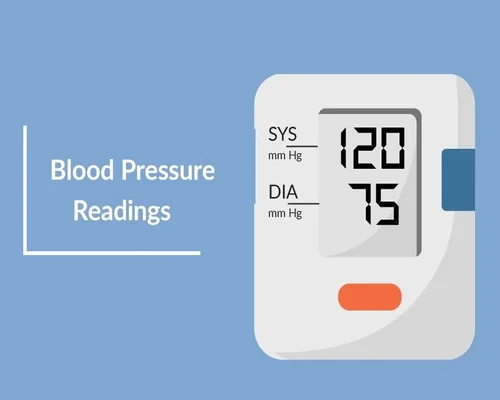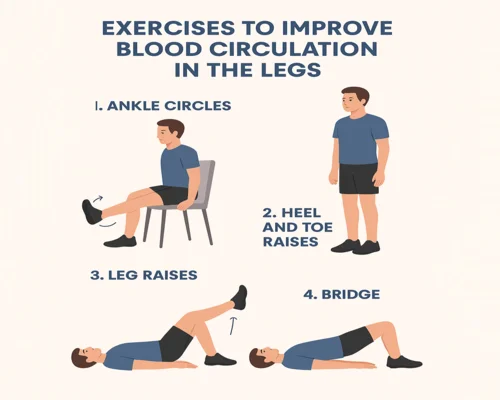
Blood Pressure Readings
Blood Pressure Readings
Blood pressure is the pressure exerted on the walls of the arteries as blood flows from the heart to different parts of the body through the arteries.
A normal blood pressure reading is 120/80 mm Hg (systolic/diastolic). If the blood pressure is 140/90 mm Hg or higher, it is considered high blood pressure (hypertension). If it is 90/60 mm Hg or lower, it is called low blood pressure (hypotension).
Systolic (top number) = when the heart contracts and pumps blood
Diastolic (bottom number) = when the heart is at rest
Blood pressure readings are usually expressed as two numbers:
Systolic pressure: This is the pressure when the heart contracts and pumps blood.
Diastolic pressure: This is the pressure when the heart relaxes.
Here are some general guidelines for understanding blood pressure readings:
- Normal: Below 120/80 mm Hg.
- High-normal: Between 120/80 and 139/89 mm Hg.
- High blood pressure (Stage 1): Between 130/80 and 139/89 mm Hg.
- High blood pressure (Stage 2): 140/90 mm Hg or more.
- Hypertensive crisis: 180/120 mm Hg or more (needs emergency treatment).
- Low blood pressure: Below 90/60 mm Hg.
If your blood pressure is outside the normal range, you should consult a doctor.
Nowadays, most people check their BP at home, but most of them check their BP incorrectly because their arm position is not correct. High blood pressure is a disease that can be a major cause of stroke and heart disease. Many people use automatic BP machines, but you will be surprised to know that most of the people get their BP readings wrong, and the main reason behind this is wrong posture.
Most people BP readings are not accurate due to incorrect posture. Blood pressure is measured in three different positions, and it is seen that many people BP is coming much lower or higher than the actual reading.
Researchers say that hanging the arm down can show the reading as much as 7 mmHg higher on average. This can directly take a person BP reading to the second stage or dangerous level.
What is the rule for measuring blood pressure correctly?
Researchers say that it is best to measure BP with the arm on the table. In this, the middle of the cuff is at the height of the heart, so the pressure falls evenly. And if the arm is hanging, gravity forces the blood to move upward, which increases the reading.
The patient should sit up straight, with their back and legs supported by a chair, their feet flat on the ground, and their arms on a firm surface that is at the same level as their heart.
To maintain good blood pressure:
Eat less salt
Lose weight
Stop smoking/alcohol
Walk/exercise
Reduce stress


-vegetable.webp)
























